The allure of owning something rare and unique has driven a booming global trade in exotic pets—animals that are wild by nature but kept in captivity outside their native habitats. From iridescent reptiles to vibrant tropical birds and charismatic primates, these creatures often become status symbols or conversation pieces for their owners. However, beneath the surface of this seemingly harmless hobby lies a complex web of environmental, ethical, and ecological concerns. The exotic pet industry has far-reaching consequences that extend beyond the glass terrarium in a living room to impact entire ecosystems around the world. This article explores the multifaceted environmental footprint of breeding and selling exotic animals as pets, examining how this practice affects biodiversity, conservation efforts, and the delicate balance of natural habitats.
The Global Scale of the Exotic Pet Trade

The exotic pet trade represents a massive global industry estimated to be worth billions of dollars annually. According to the World Wildlife Fund, millions of live animals are trafficked each year, with the legal trade often serving as cover for illegal activities. The United States alone imports more than 200 million live animals annually for the pet trade, making it one of the largest markets for exotic species. This demand has created complex supply chains spanning multiple continents, with animals often changing hands numerous times before reaching their final destinations. The sheer volume of this trade indicates the magnitude of potential environmental impact, as ecosystems worldwide are tapped to supply the seemingly insatiable demand for unusual companion animals.
Wild Population Depletion and Biodiversity Loss
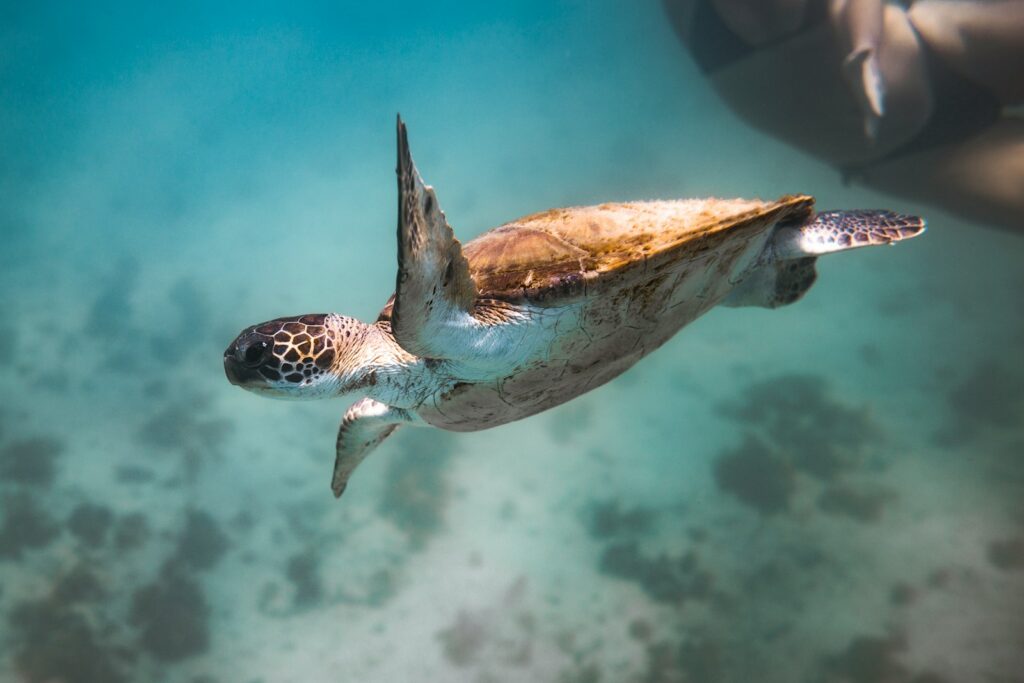
One of the most direct environmental consequences of the exotic pet trade is the depletion of wild populations. Even with legal collection permits, taking animals from their natural habitats can have devastating effects on local biodiversity. Some species, such as certain parrots, reptiles, and primates, reproduce slowly in the wild, making their populations particularly vulnerable to over-collection. For example, the Spix’s macaw was driven to extinction in the wild largely due to collection for the pet trade, with the last known wild bird disappearing in 2000. When key species are removed from ecosystems, it creates ripple effects that can disrupt pollination, seed dispersal, and predator-prey relationships. This cascading impact means that removing even a seemingly small number of individuals can have disproportionate effects on entire ecological communities.
Habitat Destruction for Collection and Breeding

The collection of exotic animals often involves destructive harvesting techniques that damage natural habitats. For example, collectors may cut down trees to capture arboreal species or destroy rock formations to access reptiles hiding in crevices. In some regions, entire areas of forest have been cleared to facilitate the capture of certain bird species. Even captive breeding facilities can contribute to habitat loss, particularly when they’re established in ecologically sensitive areas to be closer to wild populations for genetic infusions. Large-scale breeding operations for popular exotic pets like ball pythons or sugar gliders may require significant land development that fragments habitats and displaces native wildlife. These cumulative impacts extend the environmental footprint of exotic pet ownership far beyond the carbon cost of transporting animals across continents.
The Carbon Footprint of Exotic Pet Transportation

The global movement of exotic pets creates a substantial carbon footprint that is rarely factored into discussions about the environmental impact of the trade. Animals captured in tropical regions may be transported through multiple countries before reaching pet stores in North America, Europe, or Asia. This often involves air freight, which produces significant greenhouse gas emissions. Beyond the animals themselves, the infrastructure required to maintain the trade, including specialized climate-controlled shipping containers, customs facilities, and quarantine centers, adds to the overall carbon impact. The stress of long-distance transport also means that many animals die in transit, leading to even higher collection rates to compensate for these losses, essentially multiplying the carbon cost per successfully sold animal.
Invasive Species Introductions
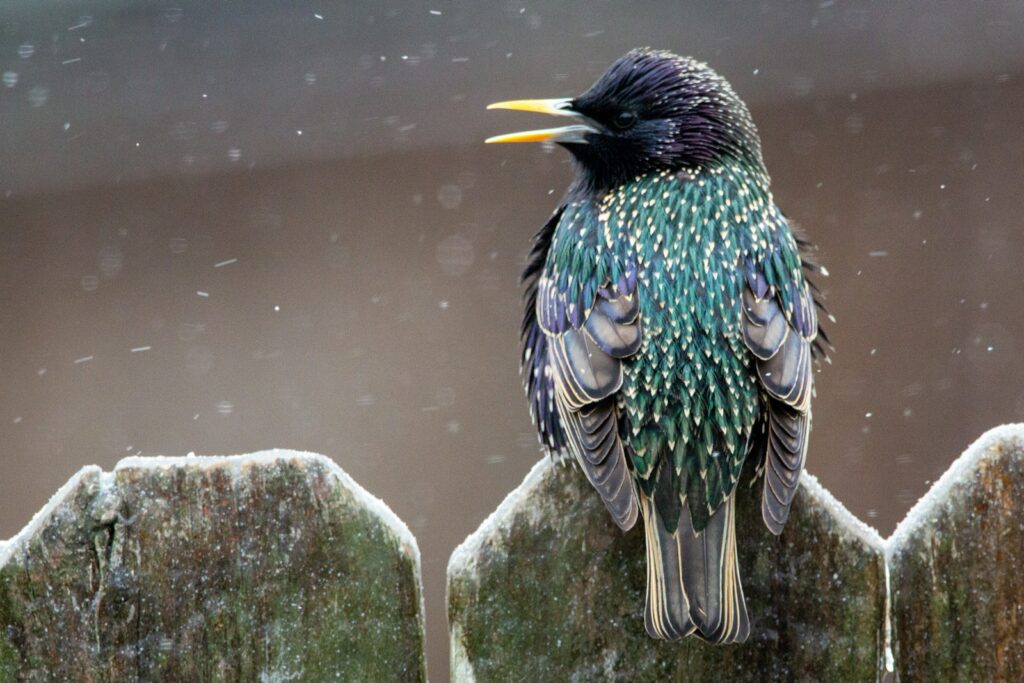
Perhaps one of the most insidious environmental impacts of the exotic pet trade is the introduction of invasive species when pets escape or are deliberately released into environments outside their native range. The Burmese python in Florida’s Everglades represents one of the most notorious examples, with these massive constrictors establishing breeding populations that have decimated local wildlife populations, including reducing some small mammal species by more than 90% in certain areas. Similarly, escaped red-eared slider turtles have established themselves on every continent except Antarctica, outcompeting native turtle species for resources. Even seemingly innocuous fish releases have resulted in devastating consequences, as with the lionfish invasion in the Atlantic Ocean and Caribbean Sea, where these predatory fish have few natural enemies and voraciously consume native reef species.
Disease Transmission to Wildlife Populations
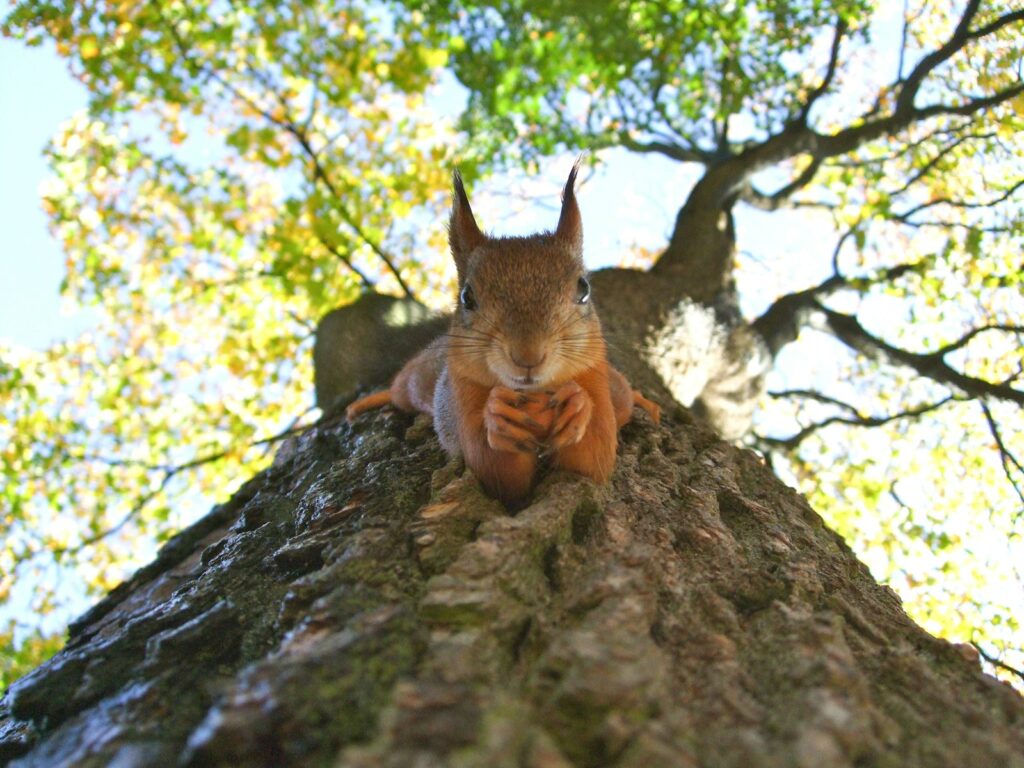
The movement of exotic animals across borders creates significant risks for the transmission of pathogens to native wildlife populations. Animals in the pet trade often carry bacteria, viruses, fungi, or parasites that may be harmless in their native ecosystems but devastating to naïve populations without evolutionary adaptations to these pathogens. For instance, the chytrid fungus, which has decimated amphibian populations worldwide, has been spread partly through the exotic pet trade. Captive-bred animals can also carry diseases back to wild populations during breeding programs intended for conservation. The proximity of exotic pets to native wildlife, particularly when they escape or are released, creates dangerous opportunities for cross-species transmission. This disease risk is compounded by the stress of captivity, which often compromises animals’ immune systems and can activate latent infections.
Resource Consumption in Captive Care
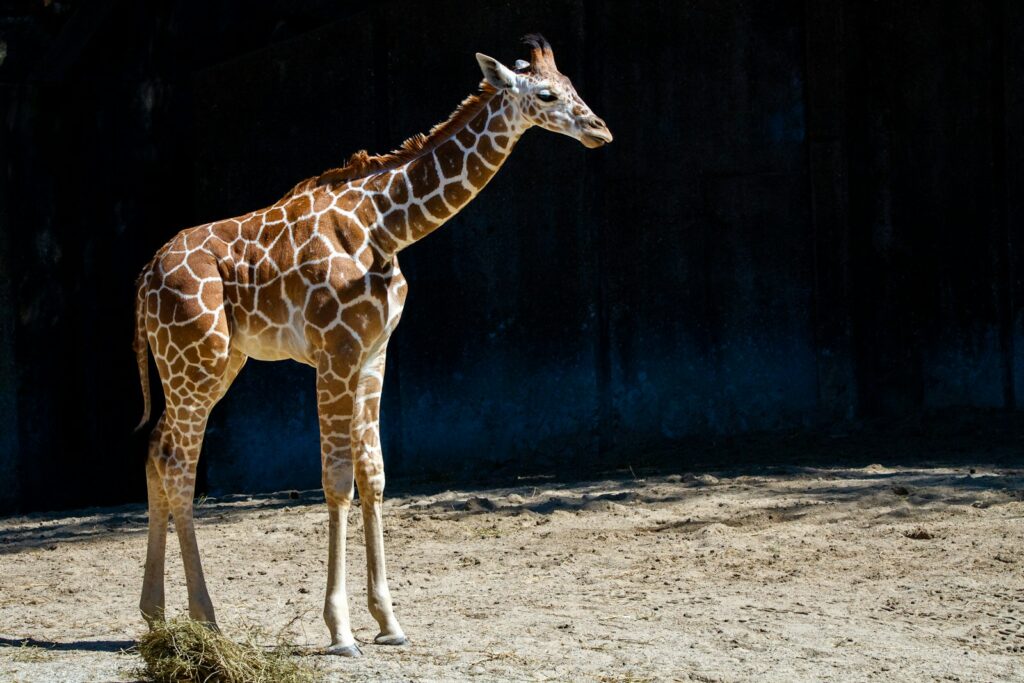
Maintaining exotic pets in captivity demands significant resources that create additional environmental pressures. Many exotic species require specialized diets that may include other animals, leading to resource-intensive food webs in captivity. For example, captive reptiles often consume rodents raised specifically for the pet food industry, creating another layer of resource consumption, including grain, water, and energy for climate control. Tropical species frequently require heated enclosures that consume substantial amounts of electricity year-round, contributing to household carbon footprints. Water usage for aquatic species, particularly in large aquariums or for species requiring frequent water changes, can be considerable. The production and disposal of specialized equipment—from UVB lights to misting systems and filtration units—adds to the overall environmental impact through manufacturing, transportation, and eventual landfill contribution.
The Impact of Captive Breeding Programs
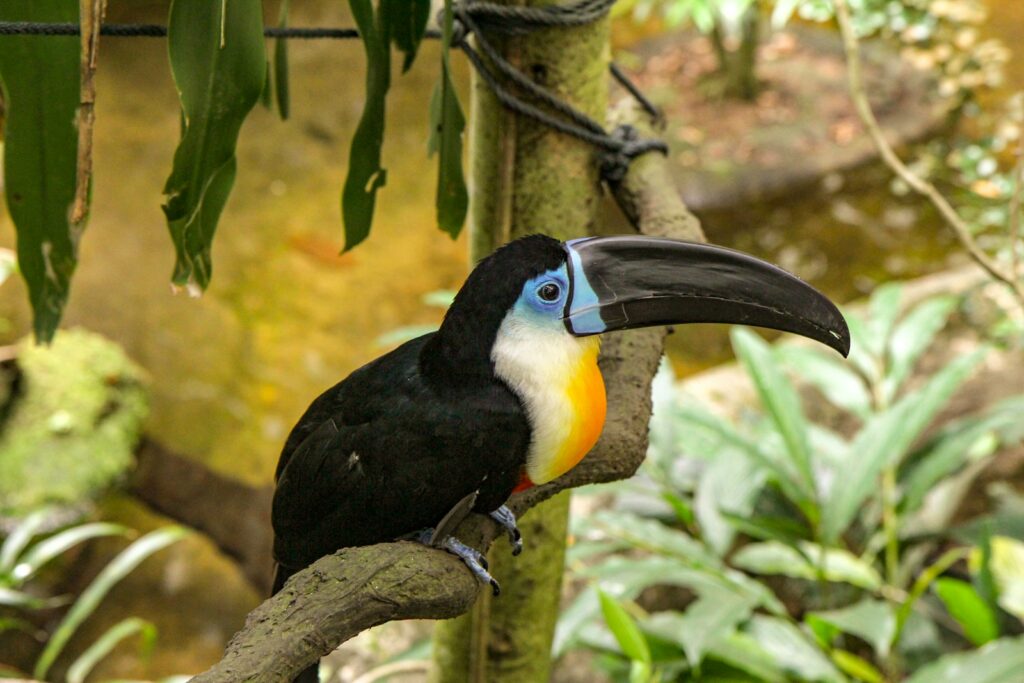
While captive breeding is often presented as a sustainable alternative to wild collection, it comes with its own set of environmental considerations. Commercial breeding facilities typically focus on producing animals with marketable traits rather than maintaining genetic diversity, resulting in inbreeding and health issues that make these animals unsuitable for potential reintroduction to the wild. Large-scale breeding operations consume significant resources in terms of energy, water, and food production. Some facilities may also create pollution through waste runoff, improperly disposed animal byproducts, or chemical use. Even well-intentioned breeding programs can create surplus animals that overwhelm the market, leading to welfare concerns and abandonment issues. The existence of captive breeding industries can also complicate conservation messaging by suggesting that commercial production of exotic animals is inherently sustainable or beneficial.
The Ethical Dimension of Environmental Impact

The environmental impact of the exotic pet trade is inextricably linked to ethical considerations about our relationship with wildlife. The commodification of wild animals as pets reflects a perspective that views nature primarily as a resource for human consumption rather than as having intrinsic value. This utilitarian approach can undermine conservation ethics that emphasize the importance of preserving species in their natural habitats. The normalization of exotic pet ownership also perpetuates the idea that it’s acceptable to remove animals from their ecological contexts for human entertainment or status display. When environmental impacts are invisible to consumers—occurring in distant rainforests or coral reefs—it becomes easier to ignore the true cost of the trade. This ethical disconnect represents a significant barrier to addressing the environmental consequences of exotic pet ownership.
Legal Frameworks and Regulatory Challenges

The regulatory landscape governing the exotic pet trade varies dramatically across jurisdictions, creating loopholes and enforcement challenges that exacerbate environmental impacts. While international agreements like CITES (Convention on International Trade in Endangered Species) provide some protections for listed species, they primarily focus on preventing extinction rather than broader ecosystem impacts. National and local regulations often develop reactively after environmental damage has already occurred, as with bans on certain species following invasive establishment. Even where strong regulations exist, enforcement is frequently hampered by limited resources, difficulties in species identification, and the complexity of supply chains. The internet has further complicated regulatory efforts by creating global marketplaces where buyers and sellers can connect easily across jurisdictional boundaries, circumventing local restrictions and facilitating “laundering” of wild-caught animals as captive-bred.
Sustainable Alternatives and Solutions
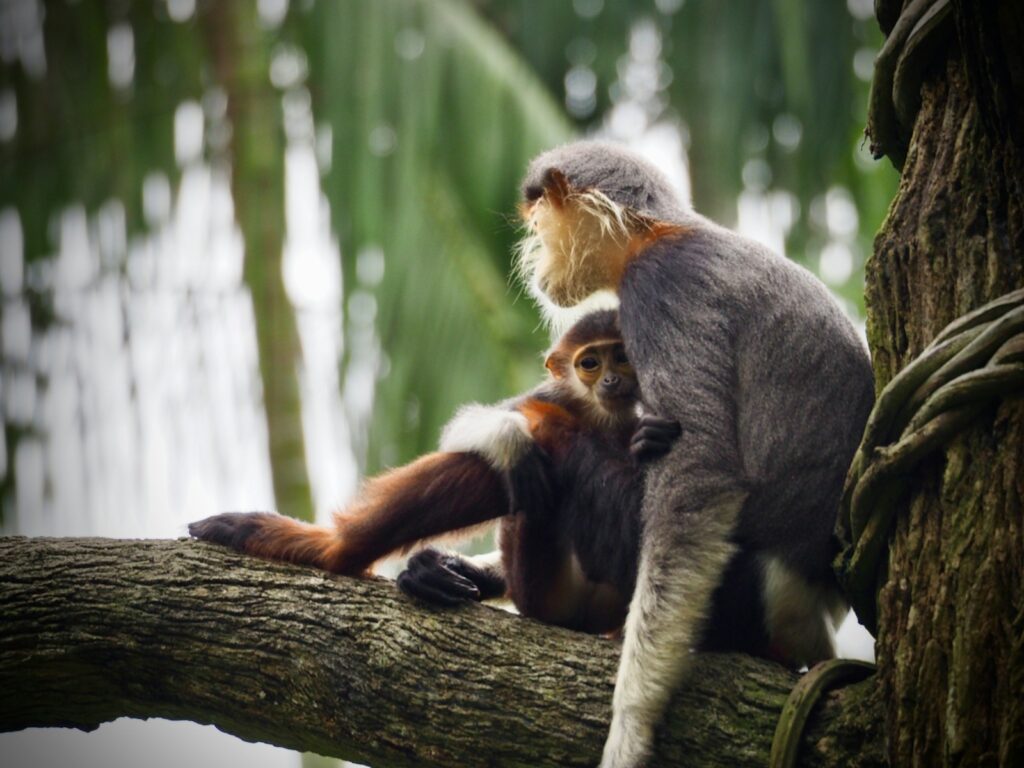
Addressing the environmental impact of the exotic pet trade requires multifaceted approaches that balance human interests with ecological concerns. One promising development is the growing focus on “conservation-grade” captive breeding programs that maintain genetic diversity and potentially support wild population recovery, though these remain distinct from commercial breeding operations. Digital technologies offer alternatives to physical ownership, from wildlife documentaries to virtual reality experiences that satisfy curiosity about exotic species without environmental costs. Educational initiatives targeting potential exotic pet owners can highlight the environmental consequences of the trade and redirect enthusiasm toward native species conservation or virtual engagement. Supporting community-based conservation programs in source countries can help create sustainable livelihoods that incentivize habitat protection rather than wildlife extraction.
Consumer Responsibility and Informed Choices
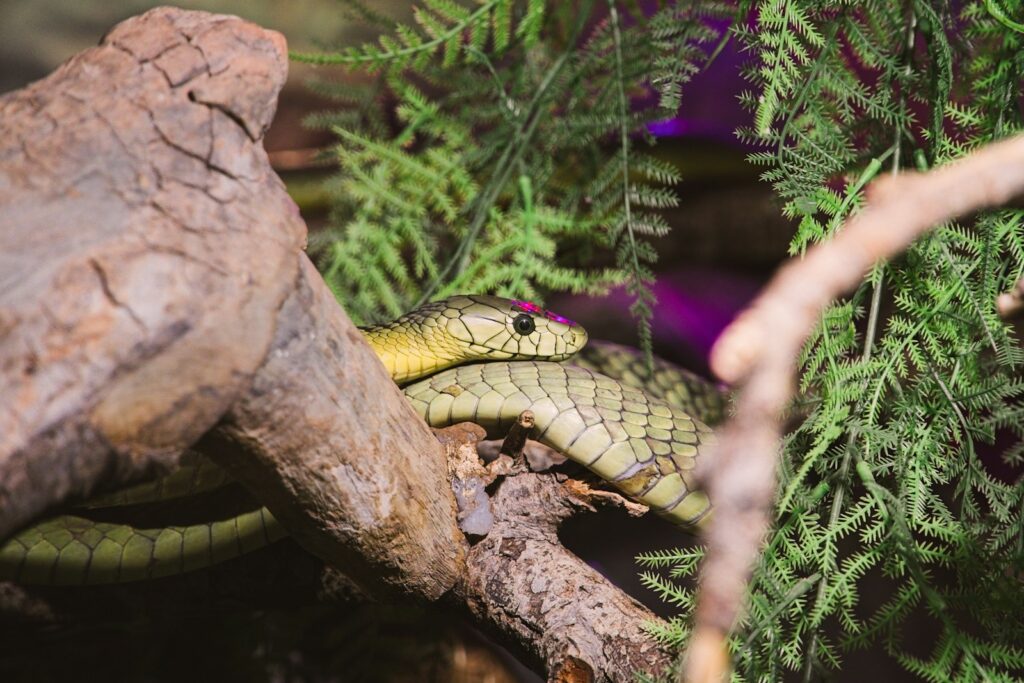
Individual consumers wield significant power to influence the environmental impact of the exotic pet industry through their purchasing decisions and care practices. Prospective pet owners can research species thoroughly before acquisition, selecting animals that are suited to captivity and ideally sourced from established captive breeding programs rather than wild collection. Responsible ownership includes preparing for the animal’s entire lifespan, which for many exotic species can extend decades, preventing the abandonment that leads to invasive introductions. When exotic pet ownership is no longer possible, working with legitimate sanctuaries or specialized rehoming services rather than releasing animals prevents environmental harm. Consumer demand for transparency in the supply chain can incentivize dealers to provide information about their sourcing practices, potentially rewarding those with lower environmental impacts.
The Future of Exotic Pet Ownership
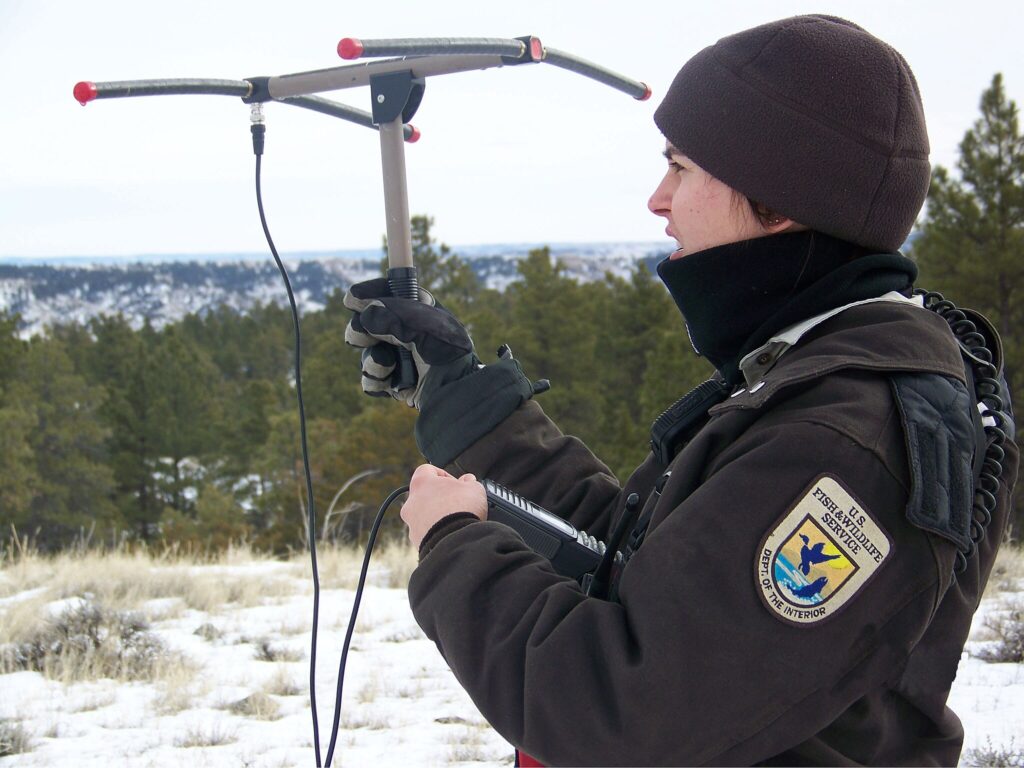
The growing awareness of environmental issues is gradually reshaping the exotic pet industry, pointing toward potential shifts in both regulation and consumer behavior. Advances in genetic testing make it increasingly possible to verify claims about captive breeding, potentially closing loopholes in wildlife trafficking. Technological innovations in remote monitoring and artificial intelligence are enhancing enforcement capabilities at borders and in online marketplaces. The rise of the “One Health” approach—recognizing the connections between human, animal, and environmental health—may drive stronger regulation of the exotic pet trade to prevent zoonotic disease transmission. As climate change intensifies pressure on wild populations, there may be increasing scrutiny of luxury uses of wildlife like the pet trade compared to subsistence or cultural practices. These converging factors suggest that the future of exotic pet ownership will likely involve greater restrictions, transparency requirements, and shifts toward more sustainable models of human-wildlife interaction.
The environmental impact of breeding and selling exotic pets extends far beyond individual animals to affect ecosystems worldwide. From depleting wild populations and destroying habitats to facilitating invasive species and disease transmission, the exotic pet trade creates ecological ripples that can persist long after an animal has been purchased. While captive breeding provides some mitigation of these impacts, it introduces its own environmental considerations. Addressing these challenges requires coordinated action from regulators, industry participants, and consumers alike. By understanding the true environmental cost of exotic pet ownership, individuals can make more informed choices that satisfy their desire for animal companionship while minimizing ecological harm. The future of our relationship with these remarkable creatures depends on balancing our fascination with the exotic against our responsibility to preserve the intricate web of life that sustains both wildlife and humanity.

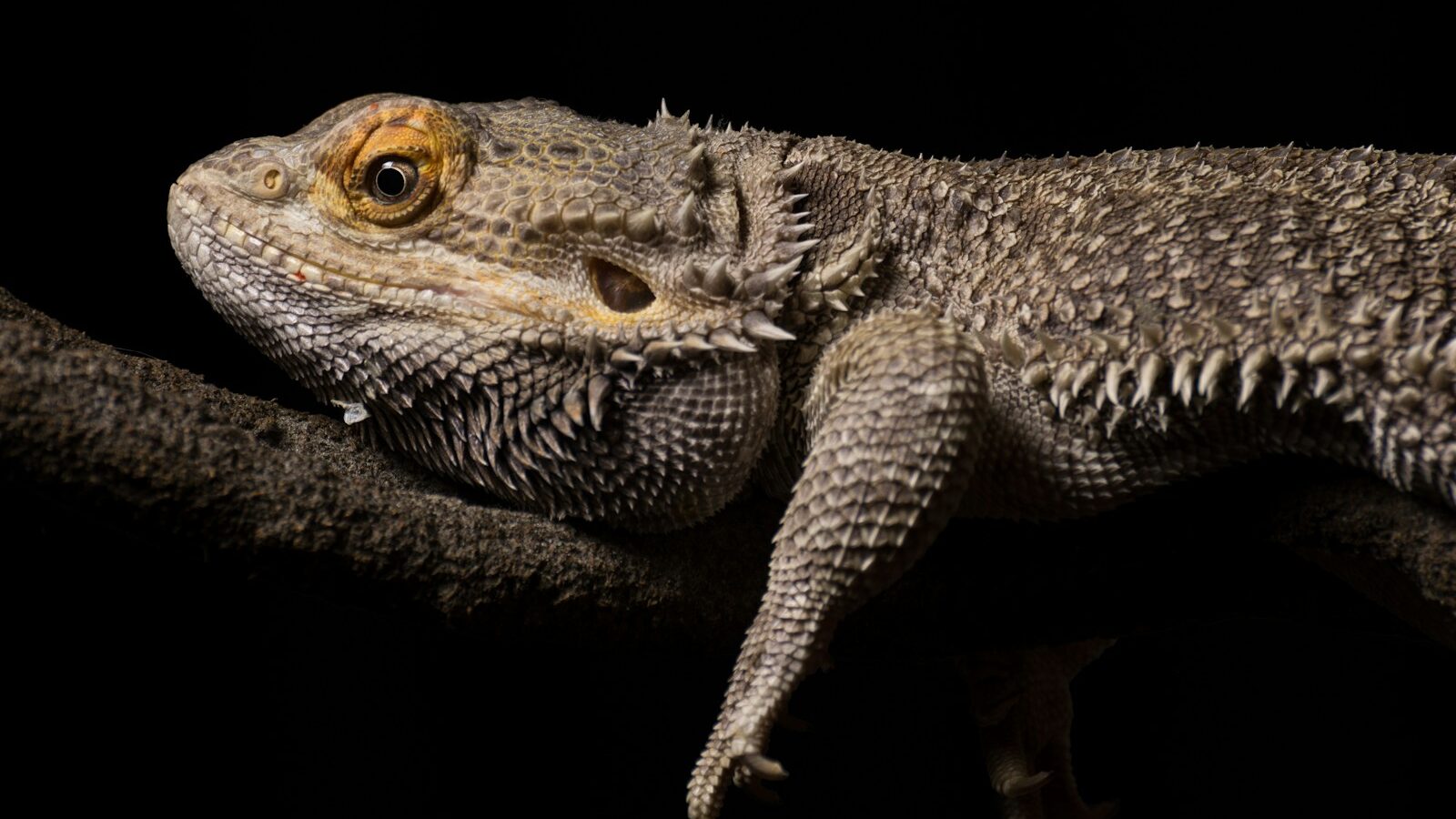

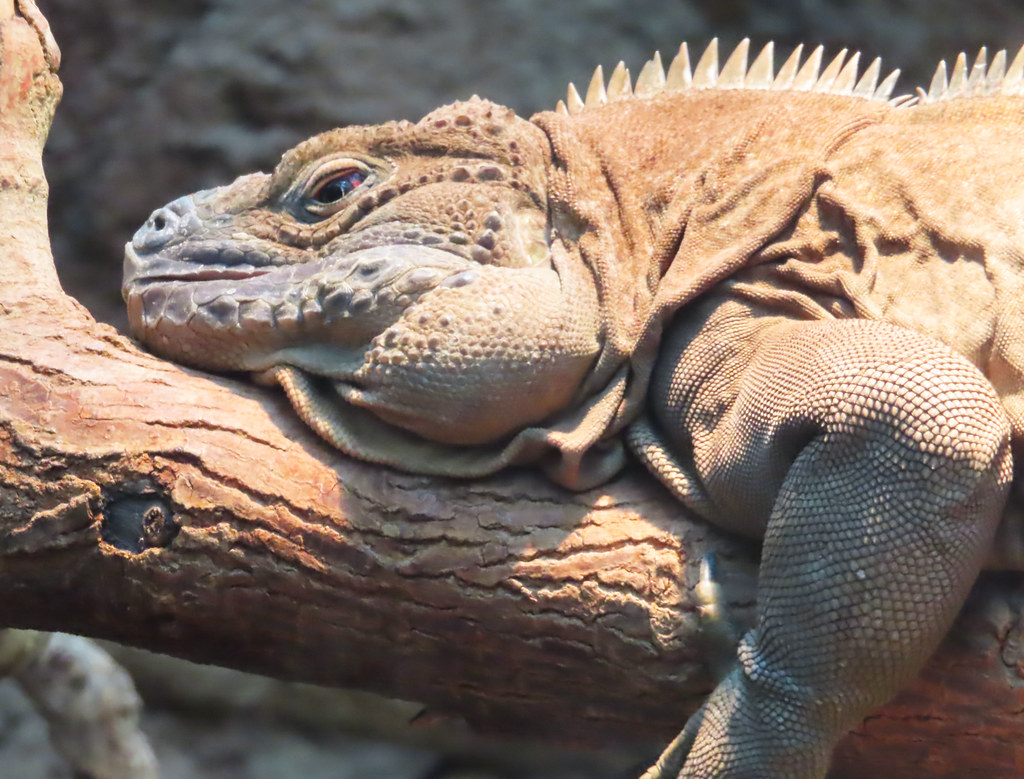
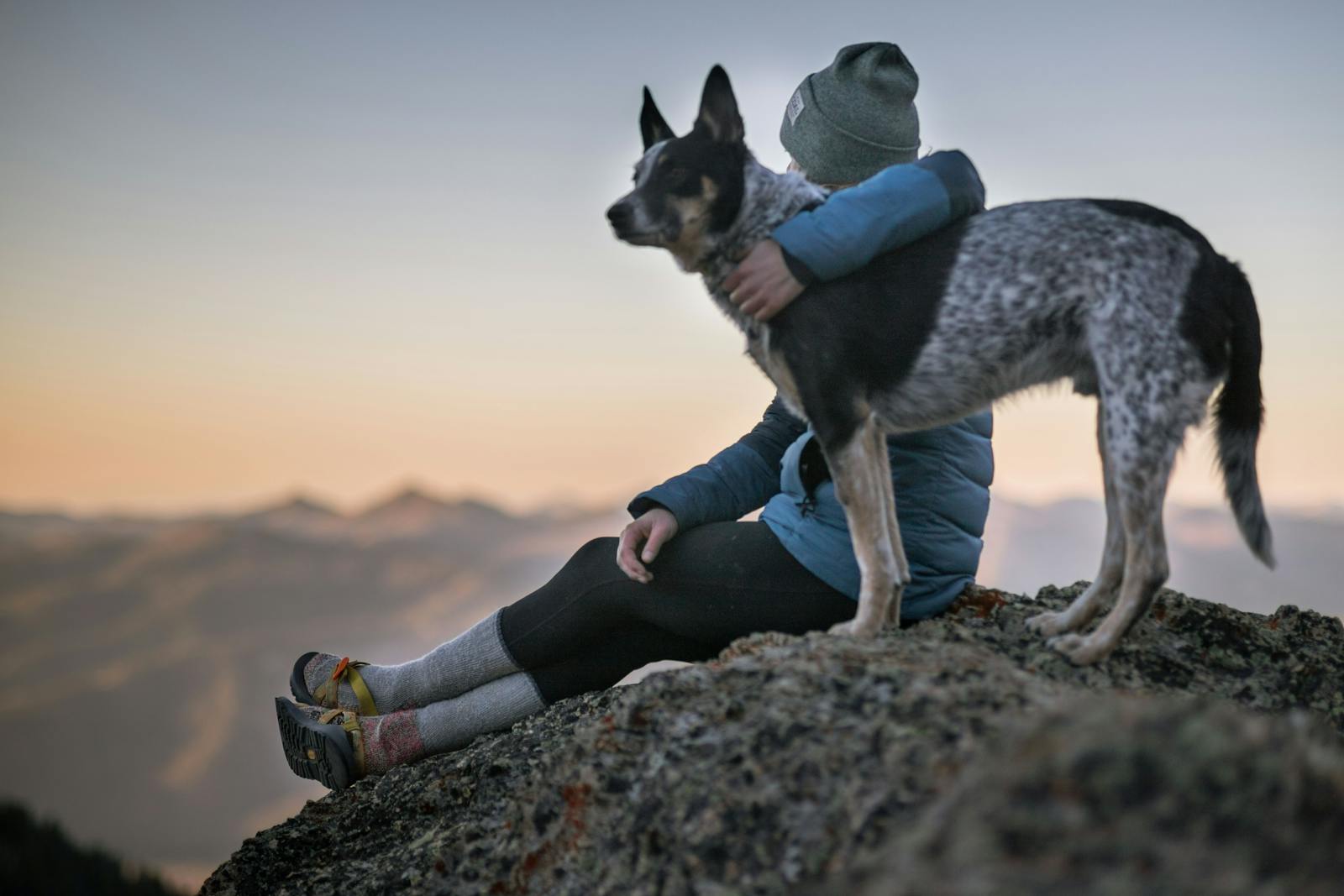





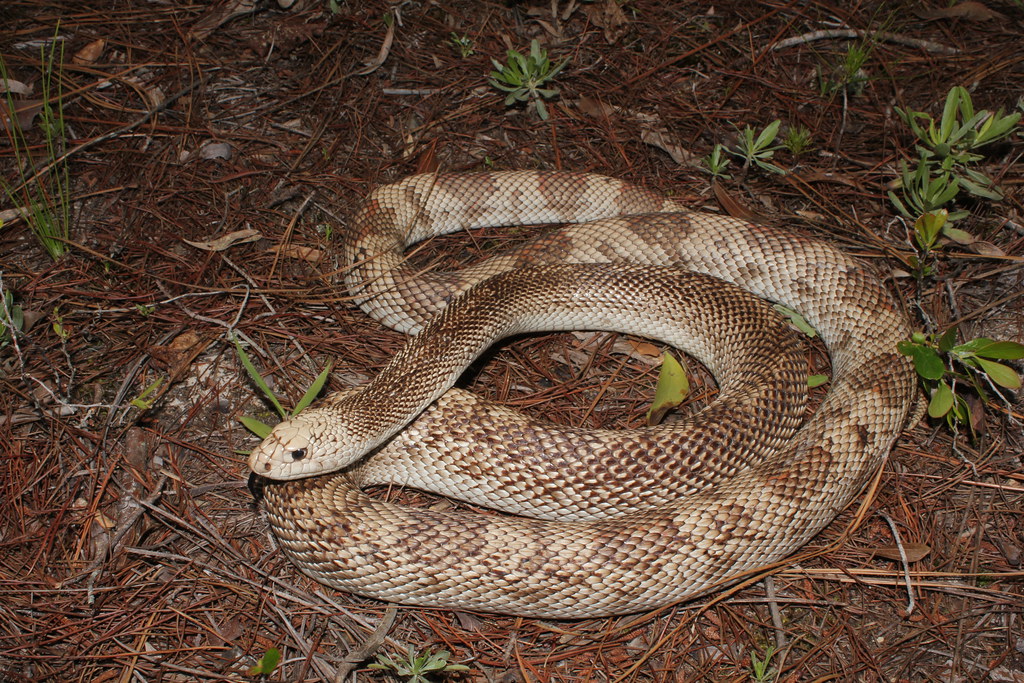





Leave a Reply